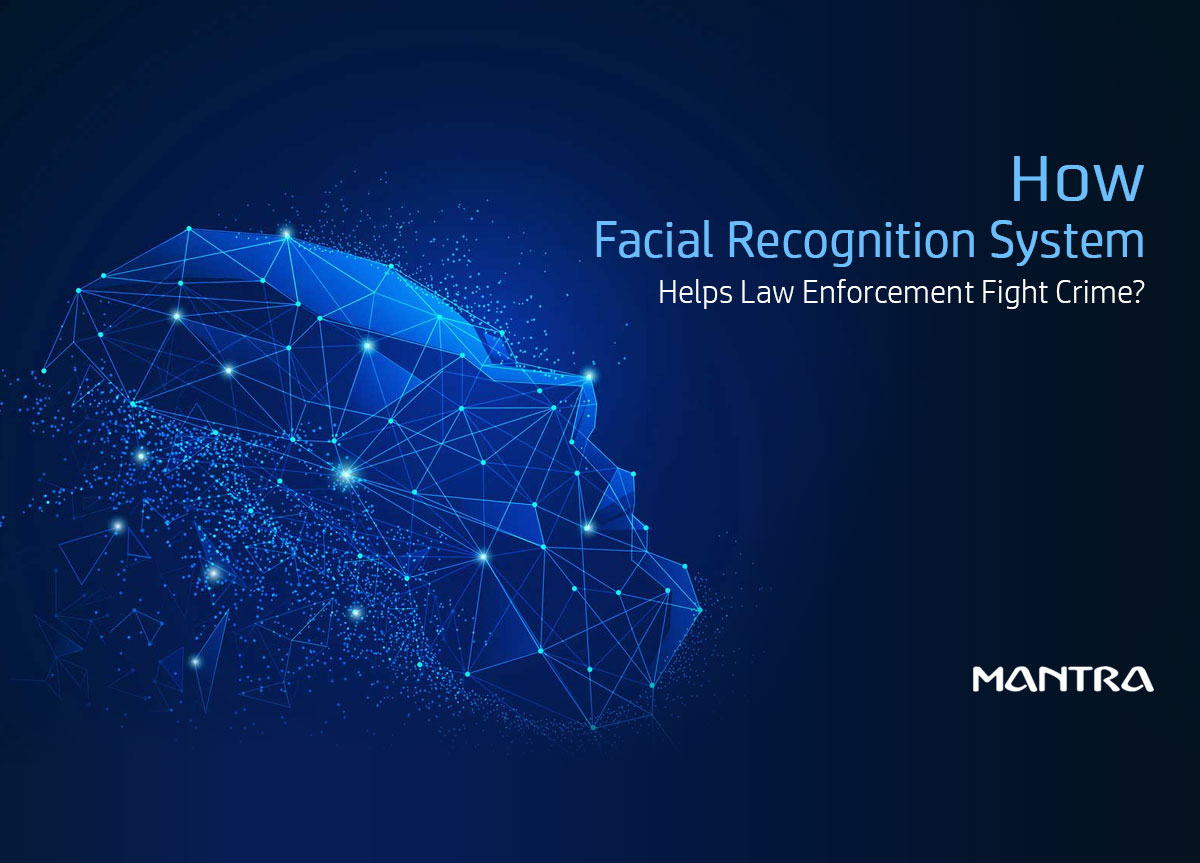
How Facial Recognition System Helps Law Enforcement to Fight Crime?
As technology is unfolding and upgrading at a breakneck pace, the conception of embracing facial recognition technology (familiar as FRT) for verifying and nabbing criminals is no longer a plotline of science-fiction.
Advancement in the field of biometrics assists the law enforcement bodies to enhance the surveillance & monitoring capacities by utilizing intelligent face recognition systems.
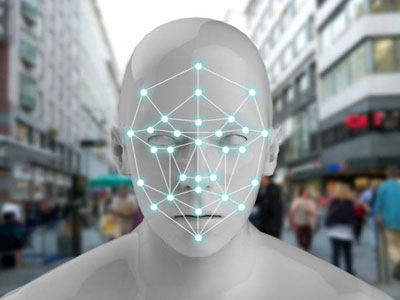
What is automated facial recognition system (AFRS)?
The automated facial recognition system (AFRS) includes a state-of-the-art biometric software application and a huge databank (of videos & images of people) for uniquely identifying individuals by analyzing & matching their facial features.
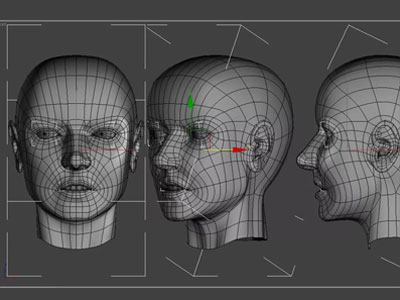
AFRS carries out mapping of an individual’s facial contours and features like the shape of cheekbones, length of nose, eye sockets, etc. and stores his/her face print into the database. The system employs new-generation Artificial Intelligence technology fordetermining or comparing these stored face prints.
For matching an individual’s facial features with the live CCTV footage or previously-stored digital photograph to verify his/her identity preciously, a deep machine learning algorithm is utilized smartly by this innovative biometric-enabled software. Hence, it is capable of carrying out the facial detection and identification functions automatically as well as seamlessly.
AFRS in law enforcement
AFRS is a relatively new biometric-enabled system, designed to be implemented by the police forces & law enforcement agencies around the world to mitigate crime rate and catch criminals without wasting a bit of time. It aids police officers in investigations and doing just more than ordinary surveillance.
In an effort to modernize criminal verification and information gathering processes, the National Crime Records Bureau (NCRB) under GOI has planned to implement AFRS. During the trial period of facial recognition system in India, the Delhi police were successfully be able to identify around 3,000 missing kids in a span of just four days. During the trial period of facial recognition system in India, the Delhi police were able to successfully identify around 3,000 missing kids in a span of just four days.
The Indian government will integrate AFRS with integrated the ‘KhoyaPaya’ portal on missing children, Criminal Justice System, Foreigners Registration & Tracking (IVFRT), visa, immigration, and other state-specific systems. Telangana police, in August 2018, initiated its own facial recognition system.
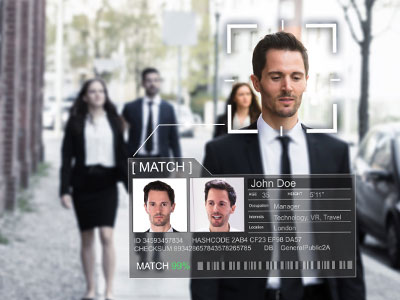
The police forces all across the globe are now implementing the cutting-edge AFRS software to fight against time. Startups like AI unicorns and Megvii have made facial recognition technology run-off-the-mill in China.
How AFRS can assist in crime-fighting?
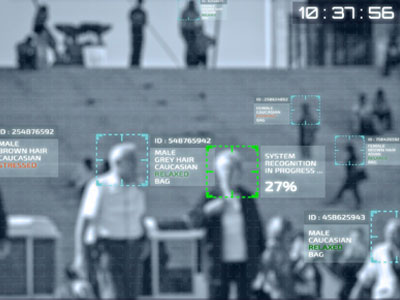
Accurate identification of offenders.
Flawless verification of missing children and unidentified dead bodies.
Instant authentication of an individual in a crowd from a distant, without any need of physical contact (not alike fingerprint scanning).
Offers an automated and easier way to recognize/identify any particular person in public spaces.
To efficiently verify people in controlled environments.
To develop leads in police investigations.
Do you think an automated facial recognition system should be utilized for crime-fighting, recognizing potential culprits, or tracking wanted fugitives from the crowd?
Comments